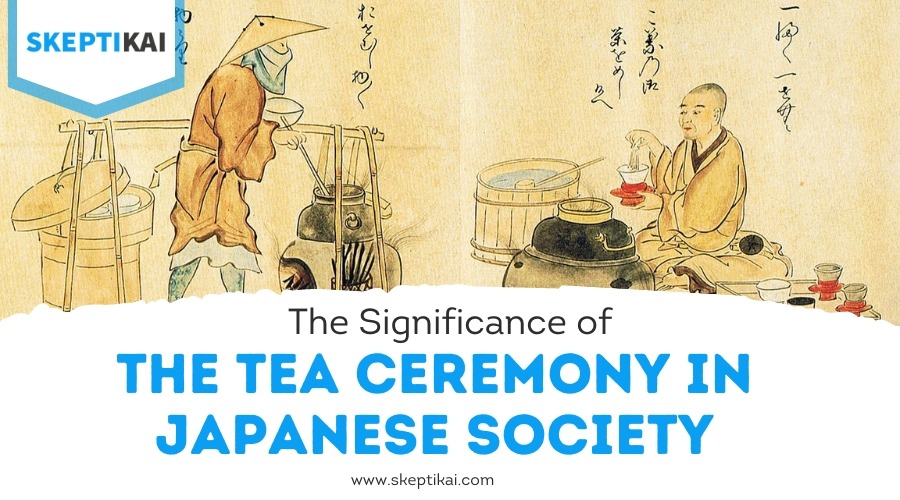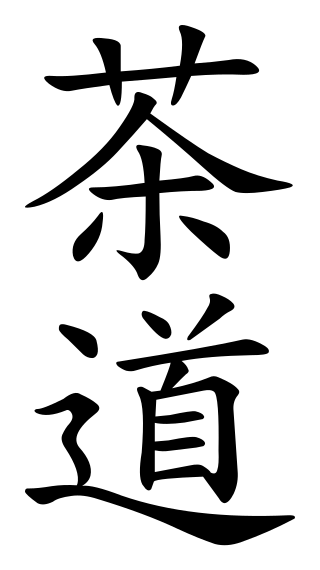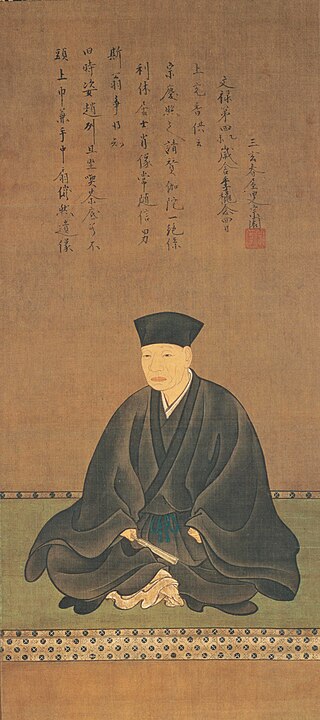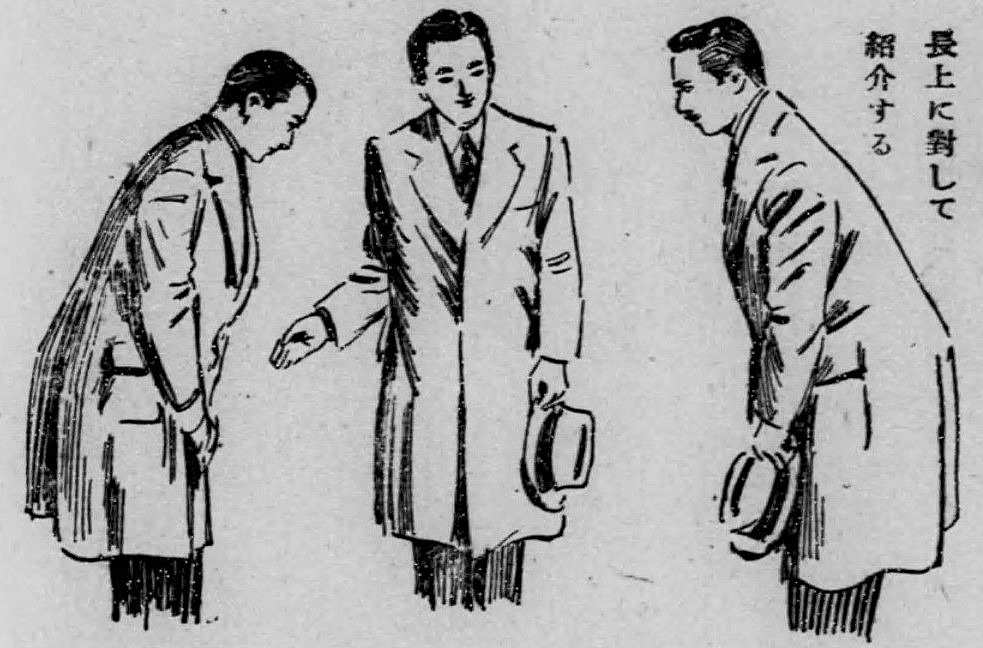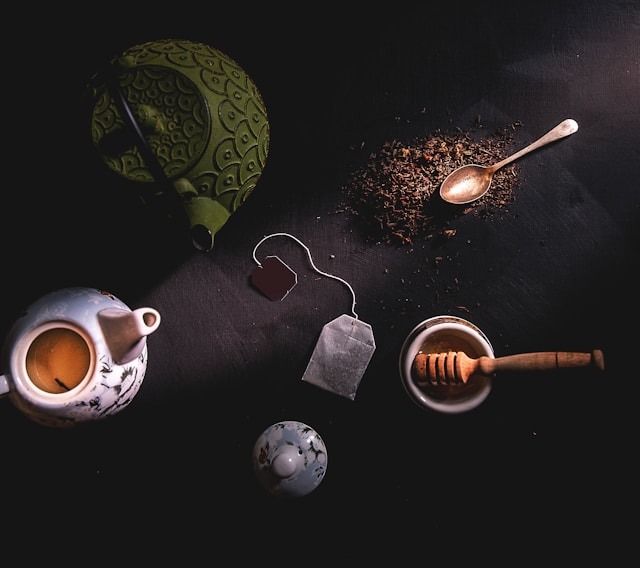Like a meticulously choreographed dance, the Japanese tea ceremony, or ‘Chado,’ weaves together a tapestry of tradition, art, and philosophy that you might find both fascinating and complex. This ancient ritual isn’t just about drinking tea; it’s an immersive experience that encapsulates the core values of harmony, respect, purity, and tranquility.
As you explore its origins and significance, you’ll uncover how this practice has shaped social interactions and personal introspection in Japanese society. The nuanced rituals and the philosophy behind them have a lot to offer, beckoning you to peel back the layers of this cultural phenomenon.
Why is it so revered, and how has it managed to stand the test of time?
Origins and History
Tracing back to the 9th century and deeply influenced by Zen Buddhism, the Japanese tea ceremony emerged as a symbol of harmony and respect. This ritual, steeped in history, was introduced to Japan by the monk Eichu, who played a pivotal role in its origination. As the cultivation of green tea began in the Kinki region, the ceremony started to gain popularity by the 12th century, initially serving religious purposes in monasteries.
Kyoto, renowned for its high-quality green tea, became the heart of this tradition’s development, especially during the Muromachi Period. This era saw the tea ceremony evolve from a religious practice to a sophisticated symbol of elite society. Its significance was further elevated by Sen no Rikyu, who’s often credited with shaping the modern practices of the ceremony. Through his influence, the tea ceremony became a profound expression of Zen Buddhism’s principles, emphasizing harmony, respect, and tranquility.
The transformation under Sen no Rikyu’s guidance marked a significant moment in the history of the Japanese tea ceremony, solidifying its role as a cultural emblem that transcends mere social gatherings to embody the deeper values of Japanese society.
Philosophical Foundations
Building on its rich history, the Japanese tea ceremony’s philosophical roots are deeply embedded in Zen philosophy, emphasizing harmony, inner peace, and mindfulness. You’ll discover that this practice isn’t just about drinking tea; it’s a journey into the heart of Zen philosophy, where simplicity and the impermanence of life are celebrated.
Here are three key aspects of the tea ceremony’s philosophy to keep you intrigued:
- Simplicity and Mindfulness: At its core, the tea ceremony champions simplicity, urging you to focus on the present moment. This simplicity fosters a state of mindfulness, allowing you to appreciate the beauty in the transient nature of life.
- Tranquility and Inner Peace: The ceremony provides a tranquil space for participants to find inner peace. By engaging in the meticulous steps of the ritual, you’re invited into a meditative state, offering a respite from the chaos of daily life.
- Respect and Gratitude: The tea ceremony teaches valuable life lessons in respect and gratitude. Every action, from the preparation to the sipping of tea, is imbued with these tea ceremony values, encouraging you to carry these lessons into your everyday life.
Each aspect of the tea ceremony, from its focus on zen philosophy to the emphasis on mindfulness and respect, offers profound insights and life lessons.
Ritual Steps and Process
Delving into the ritual steps and process of the Japanese tea ceremony, you’ll find a meticulously choreographed dance of precision and grace. This traditional practice is deeply rooted in Japanese culture and mirrors a philosophy that transcends the mere act of drinking tea. As you engage with the ceremony, you’re guided by the tea master, whose every action—from purifying utensils to whisking the matcha—carries symbolic significance. These gestures aren’t just for show; they’re imbued with centuries of tradition and are meant to foster mindfulness and appreciation.
The process is a silent journey, where guests and the tea master communicate through respectful bows and follow a set pattern that encourages focus on the present moment. This isn’t a quick sip of tea; it’s an immersive experience that can stretch over hours, allowing you to absorb the true essence of the ritual. Each step, from the preparation to the serving of the tea, is performed with utter precision, ensuring that participants fully experience the cultural richness of the ceremony. It’s in these moments of quiet concentration and appreciation that the true beauty of the Japanese tea ceremony unfolds, offering a unique blend of mindfulness and traditional elegance.
Etiquette and Customs
In the Japanese tea ceremony, you’ll often find that adhering to strict etiquette and customs is crucial for showing respect and enhancing the overall experience. As a guest, understanding and following these traditional Japanese practices not only shows your appreciation but also deepens your connection to the ceremony’s cultural significance. At Tea Ceremony Maikoya Kyoto, for instance, you’re not just participating in a ritual; you’re immersing yourself in centuries-old traditions that have been meticulously preserved.
To keep you engaged and informed, here are three key etiquette tips to remember:
- Remove your shoes before stepping onto the tatami mat. This is a sign of respect for the sacred space where the tea ceremony takes place.
- Maintain silence during the ceremony to honor the meditative atmosphere. This allows you, and others, to fully appreciate the meticulous preparation of the tea equipment and the serene ambiance.
- Dress modestly and conservatively, ensuring your attire reflects the traditional values of the ceremony. Bowing and expressing gratitude through specific hand movements isn’t just about following rules; it’s about showing deep respect for the host and the ritual.
Tea and Equipment
After exploring the importance of etiquette and customs, let’s focus on the heart of the Japanese tea ceremony: the tea itself and the equipment used to prepare it. Central to this tradition is matcha powdered green tea, renowned for its rich flavor and health benefits. But it’s not just about the tea. The chawan tea bowls, chasen tea whisks, and chashaku tea scoops are indispensable, each piece of tea ceremony equipment holding deep symbolic significance in Japanese culture.
These aren’t just tools; they’re artifacts, meticulously crafted and cared for. The chawan, or tea bowl, isn’t merely a container but a piece of art, each with its unique aesthetic and story. The chasen tea whisk, carved from a single piece of bamboo, and the chashaku tea scoop are equally revered, their design perfected over centuries.
In Japanese society, the quality and craftsmanship of these items are highly valued, reflecting a broader appreciation for beauty and meticulous care in every aspect of life. Proper maintenance of these items is crucial, not only to preserve their functionality but also to honor their role in this time-honored tradition.
Tea Ceremony Venues
Tea ceremony venues, notably the chashitsu tea houses, are meticulously designed to foster an environment of tranquility and mindfulness, essential for the ritual. These spaces aren’t just rooms; they’re gateways to a world where every detail contributes to the overall experience of harmony and reflection. As you prepare to step into this serene world, here are three key aspects to keep in mind:
- Ritual Purification: Before you even cross the threshold, you’ll partake in a ritual purification, shedding your shoes and, symbolically, the outside world. This act isn’t merely about cleanliness; it’s an essential step toward mental preparation for the ceremony ahead.
- Authentic Atmosphere: The rustic materials and thoughtful design of chashitsu create an authentic atmosphere that’s both simple and profoundly beautiful. This setting isn’t just for aesthetics; it’s a core component of the ceremony, designed to enhance mindfulness and a sense of peace.
- Etiquette and Implements: The tea ceremony is governed by specific etiquette, requiring respect and precise actions that emphasize harmony. Modern masters and subtle variations keep the tradition alive, using specialized implements like the chawan and chasen to craft a memorable experience.
Cultural Impact and Legacy
Having explored the serene venues where tea ceremonies unfold, let’s now examine how these rituals have left an indelible mark on Japanese culture and society. The Japanese tea ceremony isn’t just a ritual; it’s a profound expression of harmony, respect, and mindfulness. These aren’t just principles for a ceremony; they’re woven into the fabric of social interactions, influencing how people connect and regard each other in daily life.
The ceremony’s cultural impact is vast, shaping aesthetics, values, and even the physical landscape through art, architecture, and traditional craftsmanship. It’s a living tradition that fosters a deep sense of community and cultural identity. You’re not just attending a ceremony; you’re partaking in a legacy that has been meticulously preserved and adapted through generations.
Moreover, its legacy continues to thrive, not only in the tea rooms but in modern adaptations, educational programs, and cultural events. These practices ensure that the values of the tea ceremony – mindfulness, respect, and harmony – continue to enrich Japanese society, making the ceremony a timeless tradition that binds the community together.
Conclusion
In summary, the Japanese tea ceremony isn’t just about enjoying tea; it’s a profound cultural experience that connects you deeply with Japanese history and philosophy. By participating, you’re embracing principles of harmony, respect, purity, and tranquility. It’s more than a ritual; it’s a journey into mindfulness and a celebration of simplicity.
Whether you’re admiring the tea, the elegant movements, or the serene setting, you’re part of a tradition that enriches both the spirit and social bonds.
